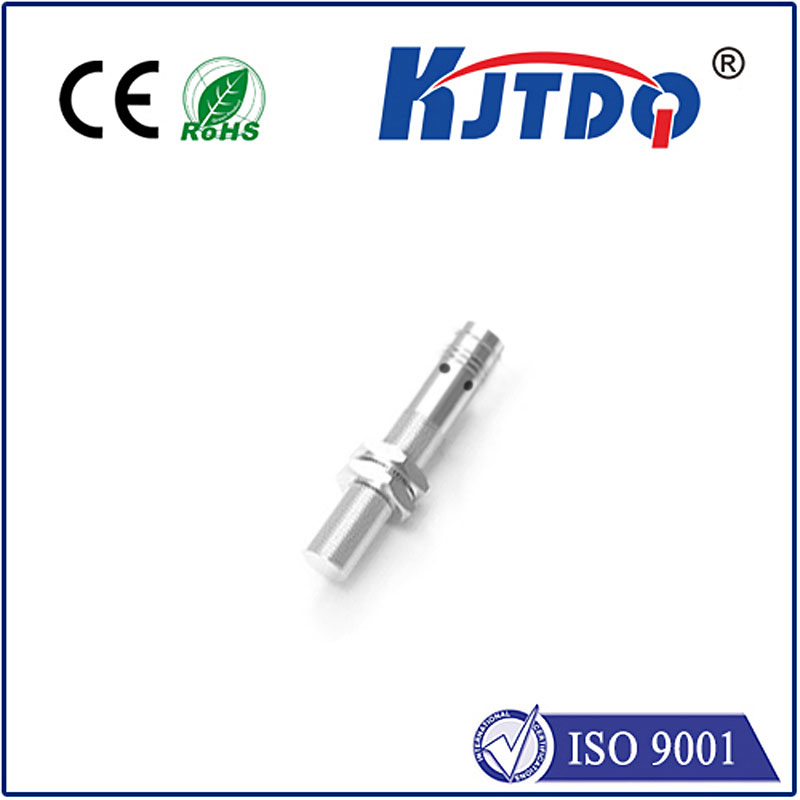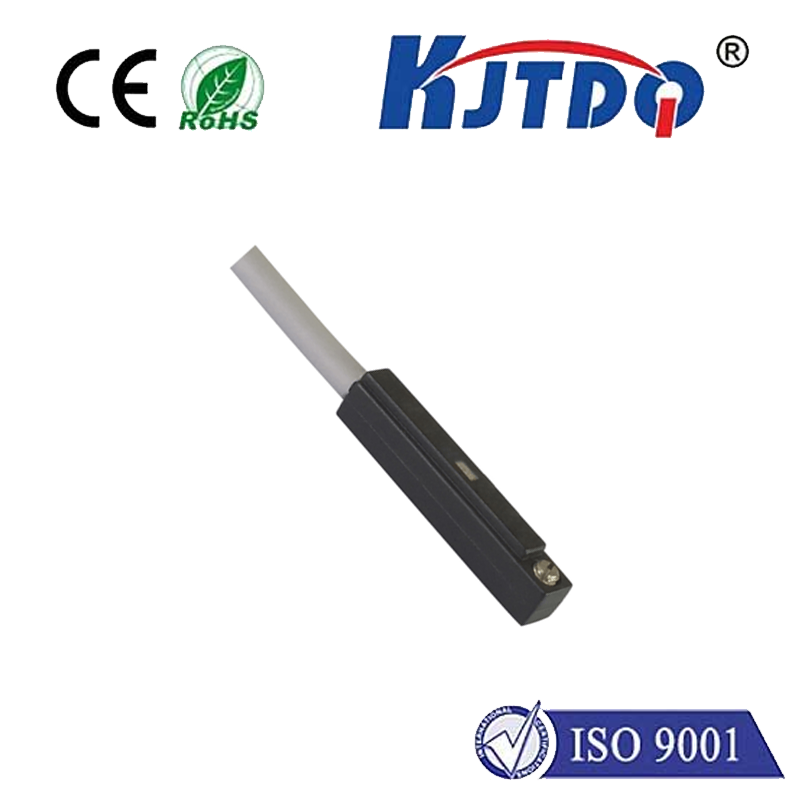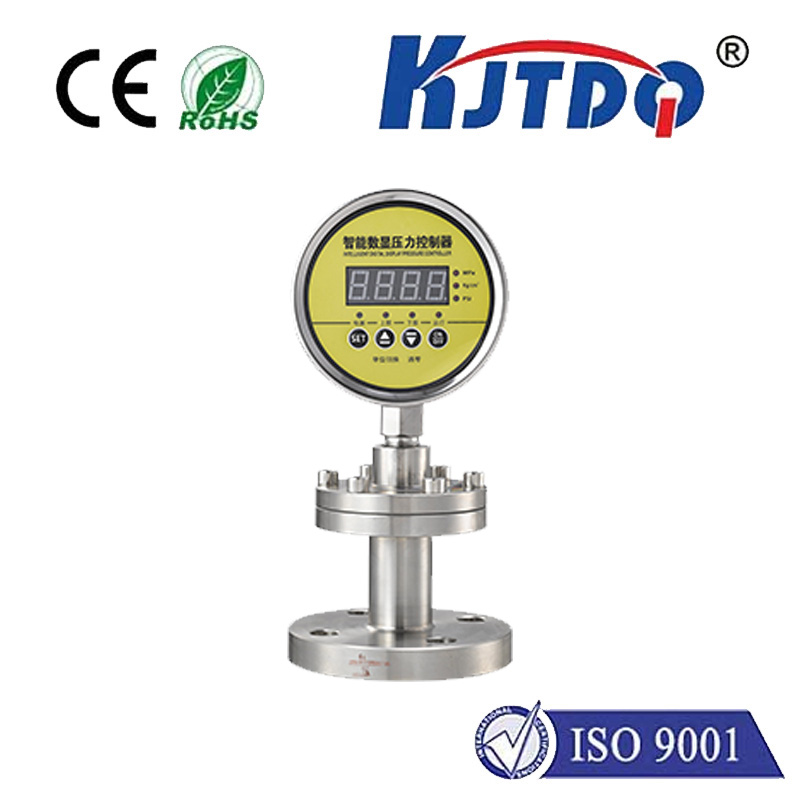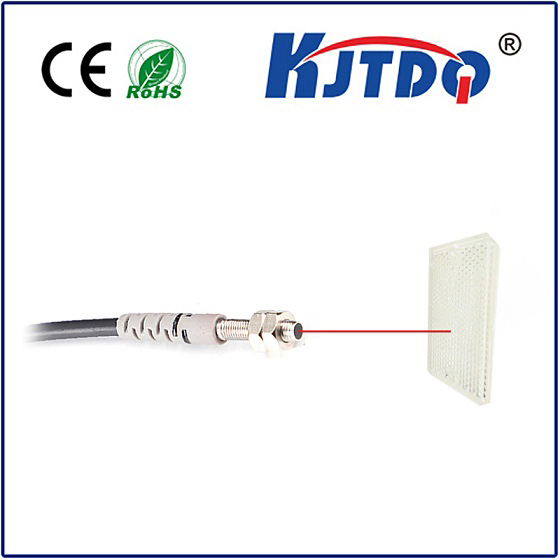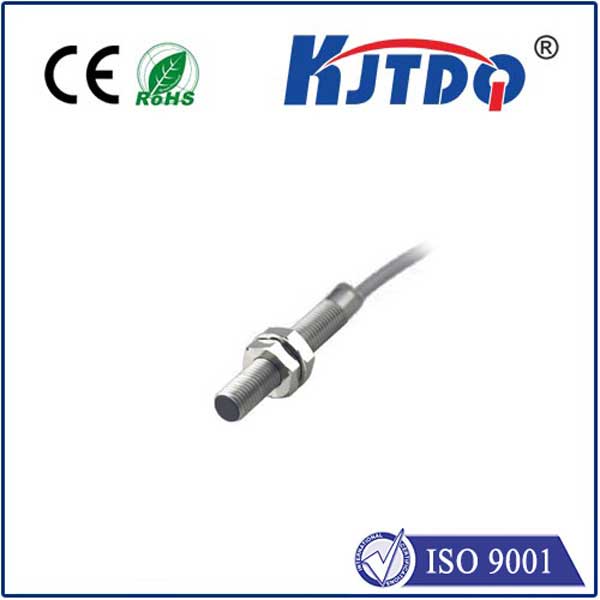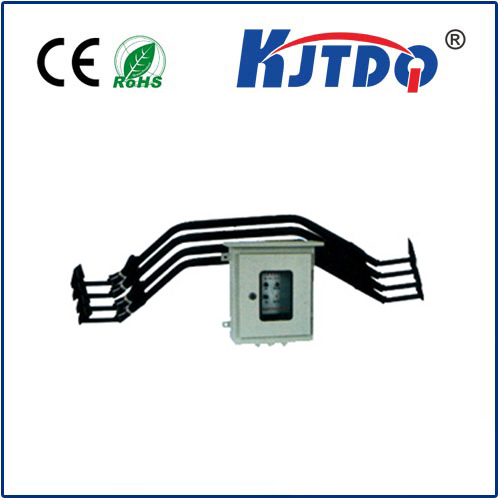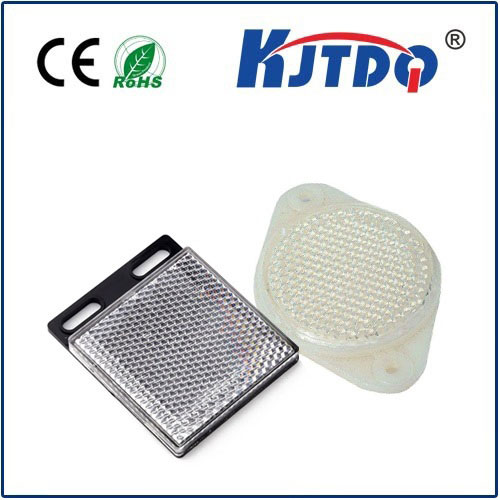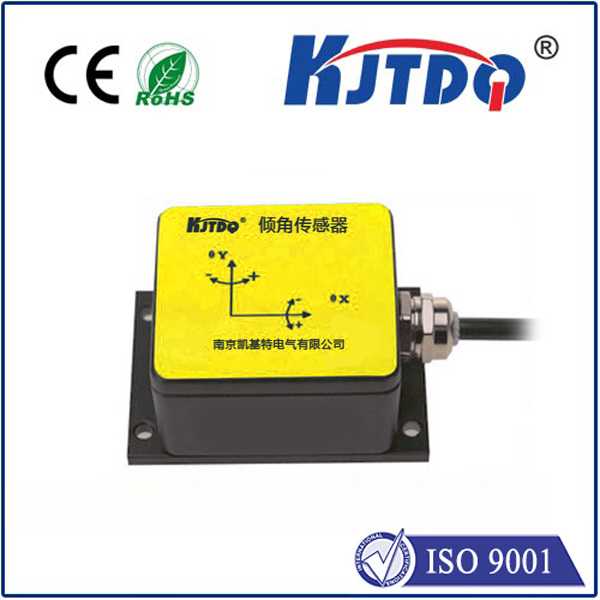
check

check

check

check
In today’s rapidly advancing technological landscape, the demand for high-precision sensors is ever-increasing. These sensors play a crucial role in various applications, from industrial automation to consumer electronics. One such groundbreaking innovation is the E3FB-VN21 photoelectric sensor, which promises to redefine the standards of accuracy and reliability in sensing technology.
Photoelectric sensors have been around for decades. They function by detecting variations in light intensity or changes in the reflectivity of surfaces. Over time, these sensors have been refined, leading to more robust, accurate, and versatile devices. The E3FB-VN21 represents the next evolutionary step in this lineage, offering superior performance metrics that meet the rigorous demands of modern applications.

The E3FB-VN21 boasts several key features that set it apart from other photoelectric sensors on the market. Firstly, its precision is unparalleled. Thanks to advanced photodetection technology, it can accurately measure even minute changes in light levels, making it ideal for applications requiring precise data. Secondly, its durability makes it suitable for harsh environments. Whether it’s extreme temperatures or exposure to corrosive substances, the E3FB-VN21 stands strong. Another notable feature is its versatility. The E3FB-VN21 can be easily integrated into various systems, from conveyor belts in manufacturing plants to robotic arms in automated assembly lines. Its adaptability ensures that it can be tailored to meet specific industrial needs. Additionally, the sensor offers quick response times, ensuring real-time detection and adjustment, which is vital for maintaining operational efficiency.
The E3FB-VN21 photoelectric sensor finds applications across a myriad of industries. In the automotive sector, it enhances quality control by detecting even the smallest imperfections in components. In food processing, it ensures that only correctly filled containers move down the production line. In logistics and warehousing, it optimizes sorting and packing processes through reliable object recognition and counting. The benefits of using the E3FB-VN21 are manifold. Businesses can expect significant improvements in productivity as the sensor’s precision reduces errors and downtimes. Moreover, its durability means lower maintenance costs over the long term. The ability to customize settings according to specific requirements further maximizes its utility, making it an indispensable tool in any high-efficiency setup.
As technology continues to evolve, so does the potential for photoelectric sensors like the E3FB-VN21. Future developments could see even greater precision and integration capabilities, opening up new frontiers in automation and smart systems. Researchers are also looking into miniaturization, which could make these sensors even more ubiquitous in everyday devices. In conclusion, the E3FB-VN21 photoelectric sensor represents a significant leap forward in sensing technology. With its unmatched precision, durability, and versatility, it sets a new benchmark for what photoelectric sensors can achieve. As industries continue to push the boundaries of innovation, the E3FB-VN21 remains at the forefront, promising a future where precision and efficiency go hand in hand.
